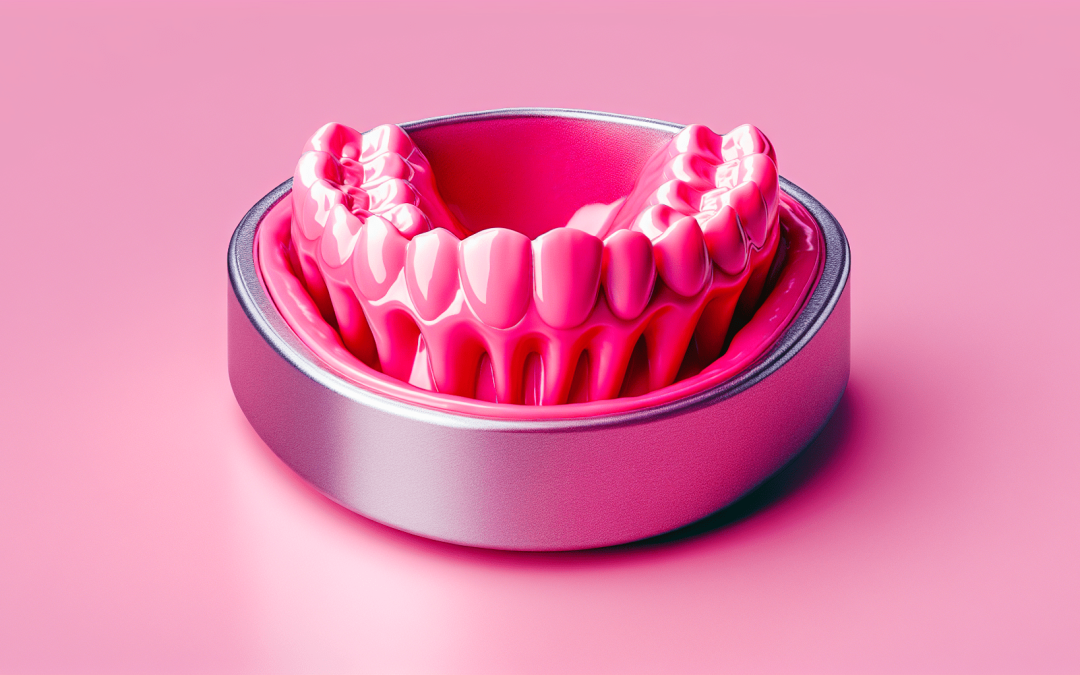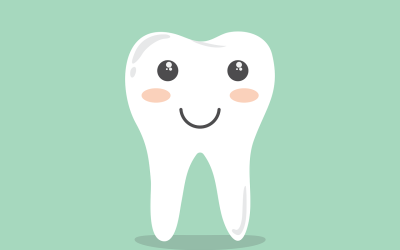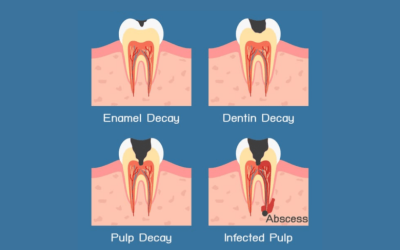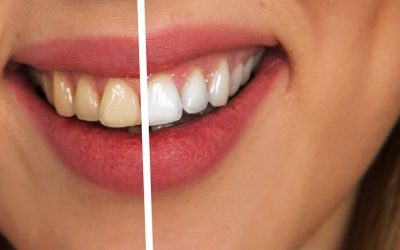So, you’ve just had a dental procedure done and now you’re faced with the task of dealing with a temporary crown. It might feel like a bit of a hassle, but fear not! Temporary crown placement is an essential step in the process of restoring your tooth and ensuring its long-term health. In this article, we’ll walk you through what exactly temporary crown placement entails, why it’s necessary, and how to take care of your temporary crown while you wait for the permanent one to be placed. Get ready for some expert tips on maintaining that winning smile!
What is a Temporary Crown?
A temporary crown is a temporary restoration that is placed over a tooth while waiting for the permanent crown to be fabricated in a dental laboratory. It is designed to provide protection, stability, and aesthetics to the tooth that has undergone extensive dental work or is in need of a permanent crown. The temporary crown serves as a placeholder until the permanent crown can be placed on the tooth.
Definition and Purpose of a Temporary Crown
A temporary crown is a dental restoration that is made of provisional materials such as acrylic or resin. It is custom-made to fit over the prepared tooth and is shaped and contoured to resemble the natural tooth as closely as possible. The purpose of a temporary crown is to protect the tooth from further damage or infection, restore proper chewing function, and maintain the appearance of the smile.
When is a Temporary Crown Necessary?
Temporary crowns are necessary in a variety of dental situations. They are commonly used after a tooth has undergone root canal treatment or a large filling, and a permanent crown needs to be fabricated. Temporary crowns are also used to protect teeth that have been prepared for a dental bridge or implant. In cases where a tooth has been fractured or has significant decay, a temporary crown may be placed to provide interim protection before a permanent solution can be implemented.
Why is Temporary Crown Placement Important?
Temporary crown placement is important for several reasons. First and foremost, it protects the underlying tooth structure from further damage or infection while waiting for the permanent crown. Additionally, it helps to maintain the proper alignment of adjacent teeth and preserves the overall integrity of the dental arch. Furthermore, the temporary crown restores the chewing function and aesthetics of the tooth, allowing the patient to eat and smile with confidence during the waiting period.
Preparing for Temporary Crown Placement
Before the placement of a temporary crown, a thorough dental assessment is conducted to evaluate the condition of the tooth and determine the appropriate treatment plan. The tooth is prepared by removing any decayed or damaged areas, and the remaining tooth structure is shaped to accommodate the temporary crown. This step ensures a proper fit and allows for optimal stability and functionality of the temporary crown.
To ensure a comfortable experience during the placement of the temporary crown, the tooth and the surrounding area are numbed with local anesthesia. This helps to minimize any pain or discomfort that may be associated with the procedure. Numbing the tooth also allows the dentist to work more effectively and ensures a smooth and efficient process.
Once the tooth is prepared and numbed, an impression is taken to create a mold of the tooth. This is done using a putty-like material that is placed in a tray and then pressed onto the tooth. The impression captures the unique shape and contours of the tooth, which will be used as a guide for fabricating the temporary crown.
Temporary Crown Fabrication
The selection of an appropriate temporary crown material is crucial for the successful fabrication of a temporary crown. Common materials include acrylic and resin, which are known for their durability and natural-looking appearance. The chosen material is matched to the shade of the surrounding teeth to ensure a seamless blend with the patient’s natural smile.
After the impression has been taken, it is sent to the dental laboratory where the temporary crown is fabricated. Dental technicians use the impression as a guide to create a custom-made temporary crown that fits the prepared tooth precisely. They shape the temporary crown and contour it to resemble the natural tooth as closely as possible, ensuring a comfortable and aesthetically pleasing fit.
Once the temporary crown has been fabricated, it is adjusted and shaped to ensure a proper fit before it is ready for placement. The dentist makes any necessary modifications to ensure that the temporary crown aligns properly with surrounding teeth and allows for normal biting and chewing function.
Temporary Crown Placement Procedure
Before placing the temporary crown, the tooth is thoroughly cleaned to remove any debris or residue that may interfere with the bonding process. The dentist carefully checks the fit and comfort of the temporary crown one final time before proceeding with the bonding process.
To bond the temporary crown to the tooth, a dental adhesive or cement is applied to the prepared tooth surface. The temporary crown is then placed over the tooth and pressed firmly into position, ensuring that it covers the entire tooth structure. Excess cement is removed, and the bite is checked to ensure proper alignment and function.
Caring for Temporary Crowns
Proper oral hygiene is essential for maintaining the health and longevity of temporary crowns. Brushing twice a day and flossing regularly are crucial in preventing dental plaque buildup, which can lead to gum disease and other complications. It is important to be gentle when brushing around the temporary crown to avoid dislodging or damaging it.
Avoiding sticky and hard foods is recommended to minimize the risk of temporary crown dislodgment or damage. Sticky foods such as caramel or gum can pull the temporary crown off the tooth, while hard foods such as ice or nuts can cause the crown to chip or fracture. Opting for softer foods during the temporary crown placement period can help to safeguard the restoration.
Taking precautions to prevent dislodgment of the temporary crown is important. Avoid biting down on objects that could put excessive pressure on the crown, such as pens or fingernails. Additionally, using a mouthguard while playing contact sports can help protect the temporary crown from accidental trauma.
Potential Issues and Complications
Sensitivity or discomfort may be experienced after the placement of a temporary crown. This is a common side effect and is usually temporary. Over-the-counter pain relievers can help alleviate any discomfort. If the sensitivity persists or becomes severe, it is important to contact your dentist for further evaluation.
Temporary crown dislodgment is another potential issue that can occur. If the temporary crown becomes loose or comes off completely, it is essential to contact your dentist immediately. They will assess the situation and determine the appropriate course of action, which may involve re-cementing the crown or fabricating a new temporary crown.
Chipping or fracturing of the temporary crown is a possibility, especially if excessive force is applied to the crown during biting or chewing. If a chip or fracture occurs, it is important to contact your dentist as soon as possible. They will assess the damage and determine if a repair or replacement is necessary.
Duration of Temporary Crown Placement
The typical timeline for temporary crown placement can vary depending on various factors. In general, temporary crowns are worn for a period of two to three weeks. However, certain situations may require a longer temporary crown placement period, such as when the permanent crown needs to be fabricated at a dental laboratory that is experiencing delays or when additional dental work is needed before the permanent crown can be placed.
Follow-up Appointment
A follow-up appointment is scheduled to evaluate the temporary crown and assess its fit, comfort, and stability. During this appointment, the dentist will carefully examine the temporary crown, checking for any signs of damage or dislodgment. They will also evaluate the gum tissue around the crown to ensure that it is healthy and properly adapting to the restoration.
The follow-up appointment also serves as an opportunity for the patient to discuss any concerns or questions they may have regarding the temporary crown or the upcoming permanent crown placement. The dentist will provide guidance and answer any inquiries to ensure that the patient feels informed and comfortable with the next steps of their dental treatment.
Permanent Crown Placement
The permanent crown placement procedure involves the removal of the temporary crown and the fitting and cementing of the permanent crown. First, the temporary crown is carefully removed, and the underlying tooth is cleaned and prepared for the permanent crown. Any adjustments or modifications to the tooth structure may be made if necessary to ensure a proper fit.
The permanent crown is then fitted onto the tooth, checked for fit and bite alignment, and adjusted as needed. Once the desired fit is achieved, a dental adhesive or cement is used to permanently bond the crown to the tooth. Excess cement is carefully removed, and the bite is checked once again to ensure proper function and alignment.
Conclusion
Temporary crown placement is a vital step in the process of restoring damaged or decayed teeth. It provides immediate protection, stability, and aesthetics while waiting for the permanent crown to be fabricated. By following proper oral hygiene practices, avoiding sticky and hard foods, and taking precautions to prevent dislodgment, patients can ensure the successful maintenance of their temporary crowns. Regular follow-up appointments and discussions with the dentist provide the opportunity to evaluate the temporary crown, address any concerns, and ensure a smooth transition to the placement of the permanent crown. Temporary crown placement plays a crucial role in maintaining dental health and ensuring long-term success in the overall dental restoration process.










